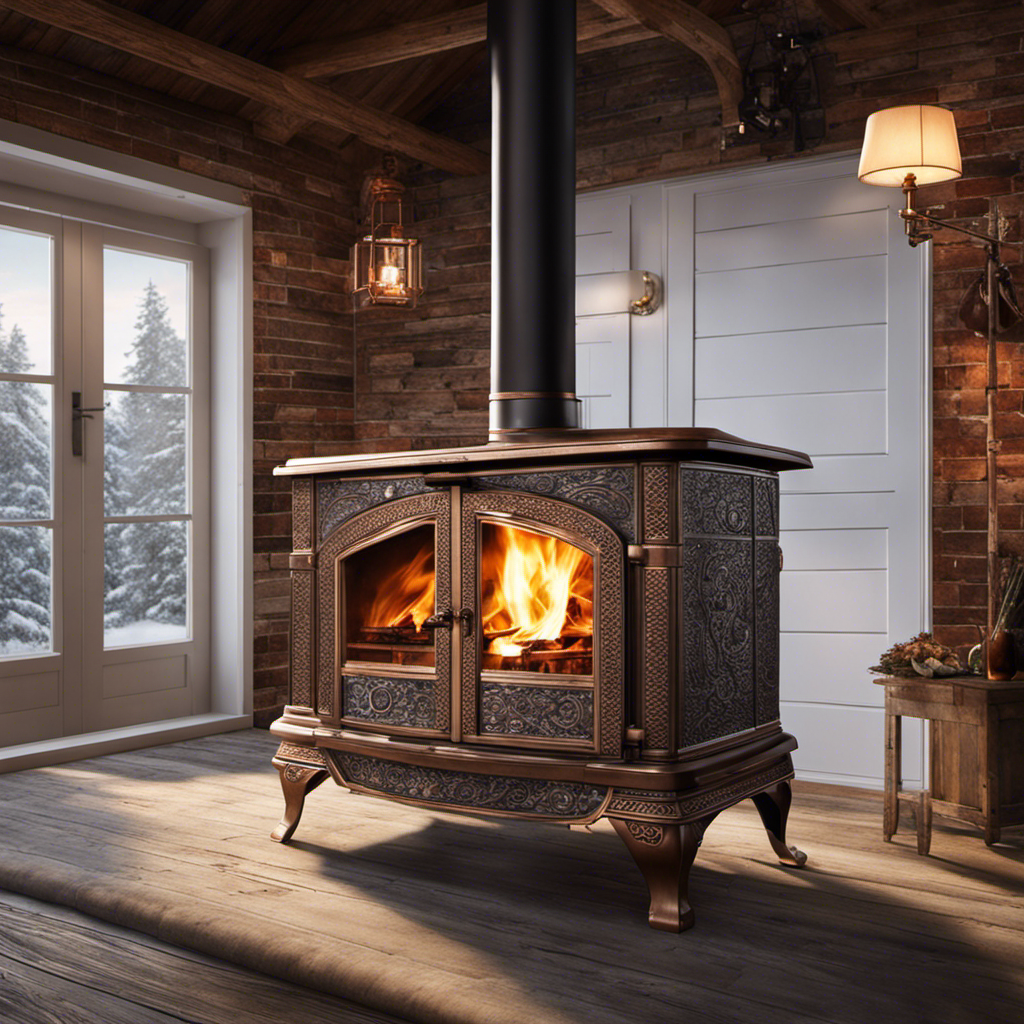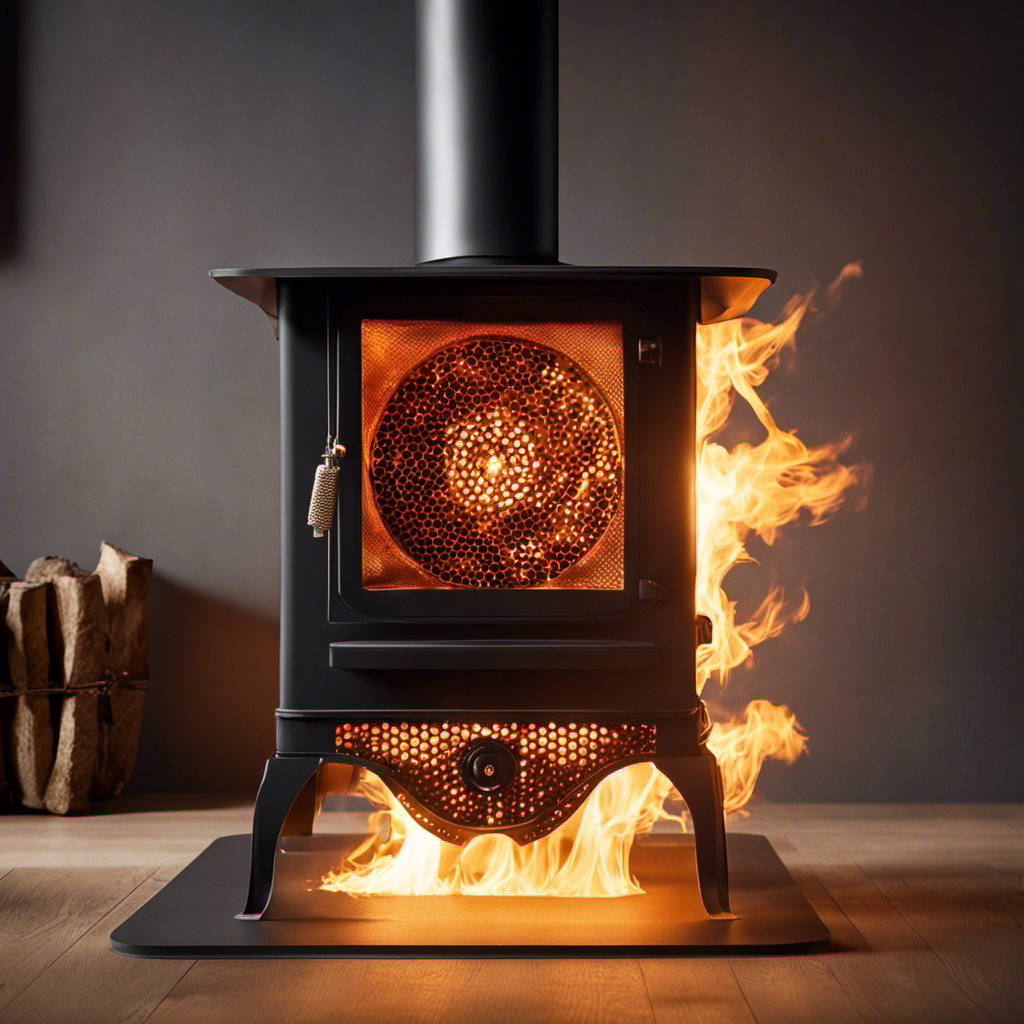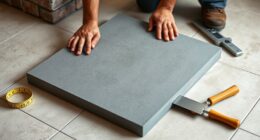Different choices for establishing a chimney for a wood-burning stove
As the saying goes, ‘A chimney is the heart of a wood stove.’ So, if you’re looking to install a wood stove chimney, I’ve got you covered.
In this article, I’ll guide you through the process step by step, ensuring you have the right materials, proper ventilation, and necessary safety measures in place.
By the end, you’ll have a functional and efficient wood stove chimney that will keep your home cozy and warm for years to come.
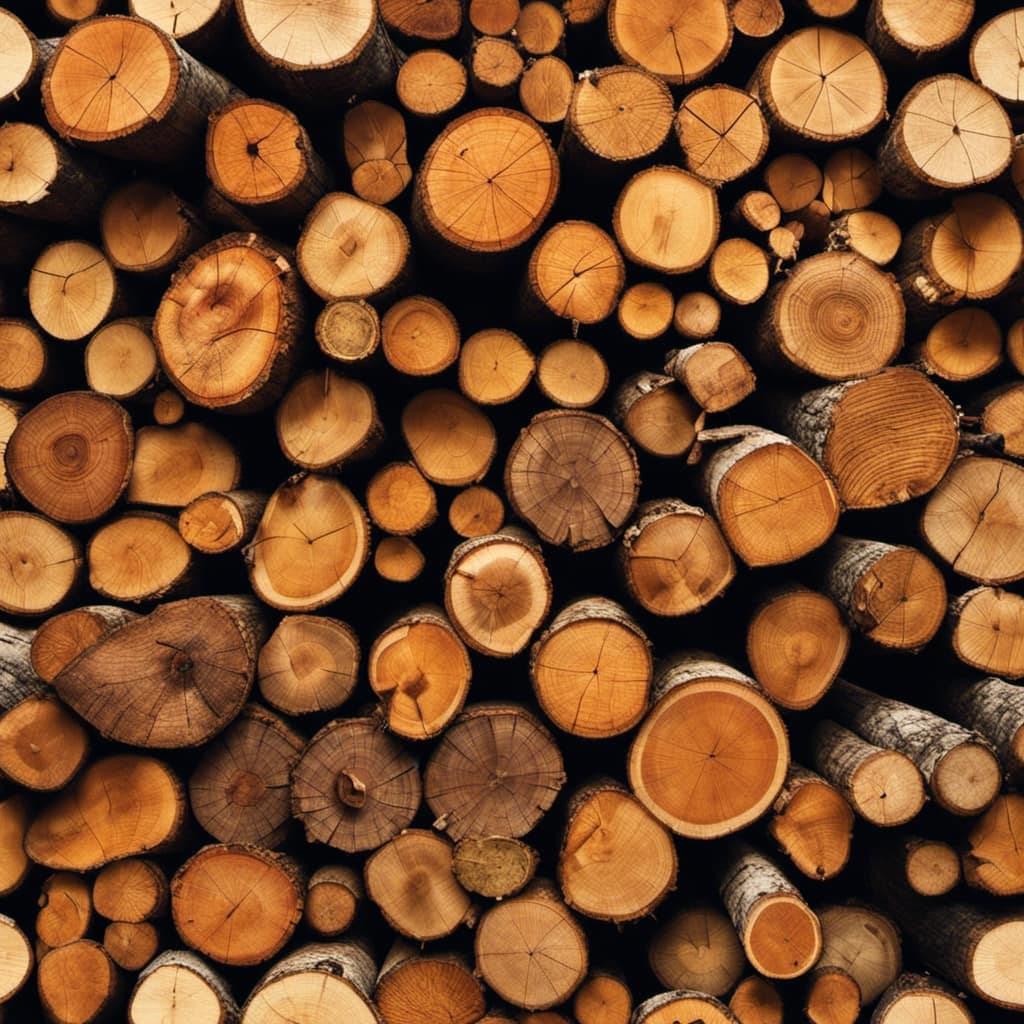
Let’s get started!
Key Takeaways
- Evaluate the cost of installing a wood stove chimney and consider necessary accessories.
- Regularly maintain the wood stove and clean the stovepipe and chimney to prevent creosote buildup.
- Choose durable materials like stainless steel and consider double-wall construction for insulation and safety.
- Ensure proper clearances from combustible materials, follow building codes, and consult professionals for guidance and inspections.
Assessing Your Home’s Needs
I’m evaluating my home’s needs before installing a wood stove chimney. One of the most important aspects to consider is the cost involved. Evaluating the cost is essential to ensure that the installation is within my budget and financial capabilities.
To evaluate the cost, I’ll start by determining the type of wood stove chimney that’s suitable for my home. There are various options available, including single-wall and double-wall chimneys. Each option has its own cost implications, with double-wall chimneys generally being more expensive due to their superior insulation properties.
Next, I’ll assess the layout and structure of my home. This will help me determine the length and complexity of the chimney installation. If my home requires a long and intricate chimney system, the cost will naturally be higher due to additional materials and labor involved.
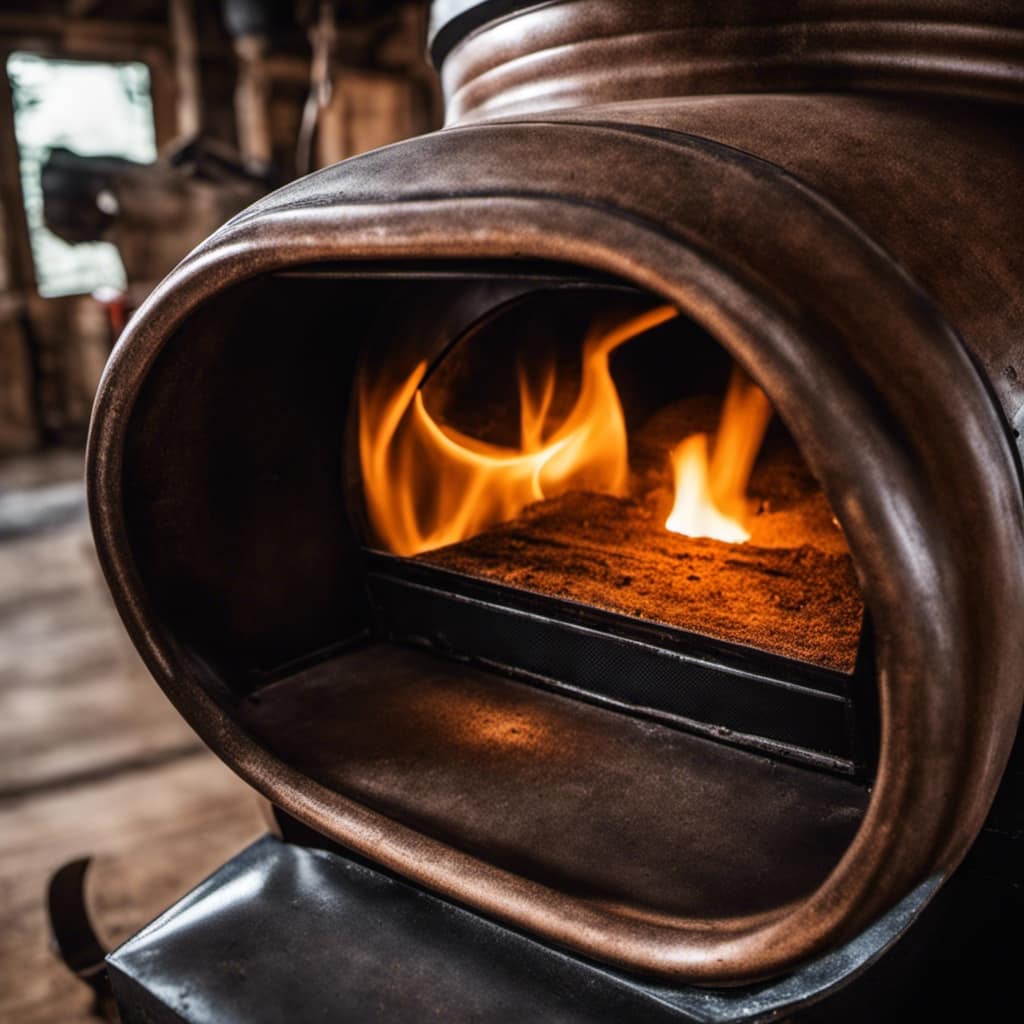
In addition to the chimney itself, I’ll also consider the cost of any necessary accessories, such as chimney caps and liners. These accessories are crucial for proper ventilation and safety, but they can add to the overall cost of the installation.
Choosing the Right Wood Stove
To find the perfect wood stove for my home, I’ll need to consider factors like size, efficiency, and aesthetic appeal. Wood stoves are a great alternative heating option, providing warmth and ambiance to any space.
When selecting a wood stove, I also need to think about maintenance. Regular maintenance is crucial to ensure the longevity and optimal performance of the stove. This includes cleaning the stovepipe and chimney regularly to prevent the buildup of creosote, a flammable substance that can cause chimney fires. Additionally, I should check the gaskets and seals for any leaks, as this can affect the efficiency of the stove.
It’s also important to choose a wood stove that’s EPA-certified, as this ensures it meets the latest standards for efficiency and emissions. By properly maintaining my wood stove and choosing an efficient model, I can enjoy the benefits of a cozy and warm home while minimizing my impact on the environment.
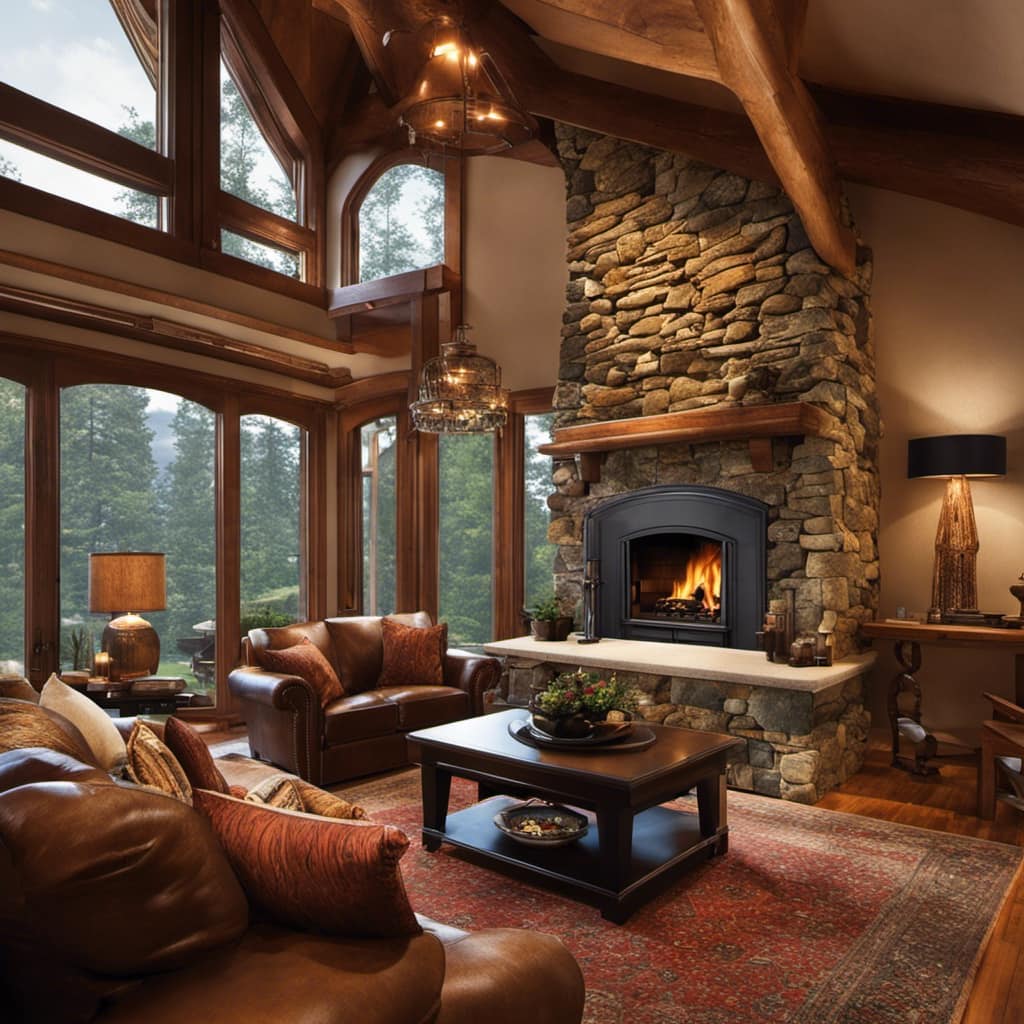
Now, let’s move on to selecting the appropriate chimney materials.
Selecting the Appropriate Chimney Materials
When considering chimney materials, I need to ensure that they’re durable and able to withstand high temperatures. Chimney maintenance is crucial for the safety and efficiency of your wood stove. To ensure proper insulation and prevent heat loss, it’s important to choose the appropriate materials for your chimney.
- Stainless steel: This material is highly durable and resistant to corrosion, making it ideal for chimneys.
- Double-wall construction: Double-wall chimneys provide insulation and enhance safety by reducing the risk of heat transfer to combustible materials.
- Insulating materials: Insulating the chimney with materials like ceramic fiber or vermiculite can greatly improve its efficiency and prevent heat loss.
- Chimney liners: These liners protect the chimney from corrosive byproducts and help improve draft efficiency.
- Chimney caps: Installing a chimney cap can prevent water, debris, and animals from entering the chimney, reducing the risk of damage and blockage.
By choosing the right chimney materials, you can ensure proper insulation, enhance safety, and improve the overall efficiency of your wood stove.
Regular chimney maintenance, including cleaning and inspections, is also crucial to prevent creosote buildup and address any potential issues that may arise.
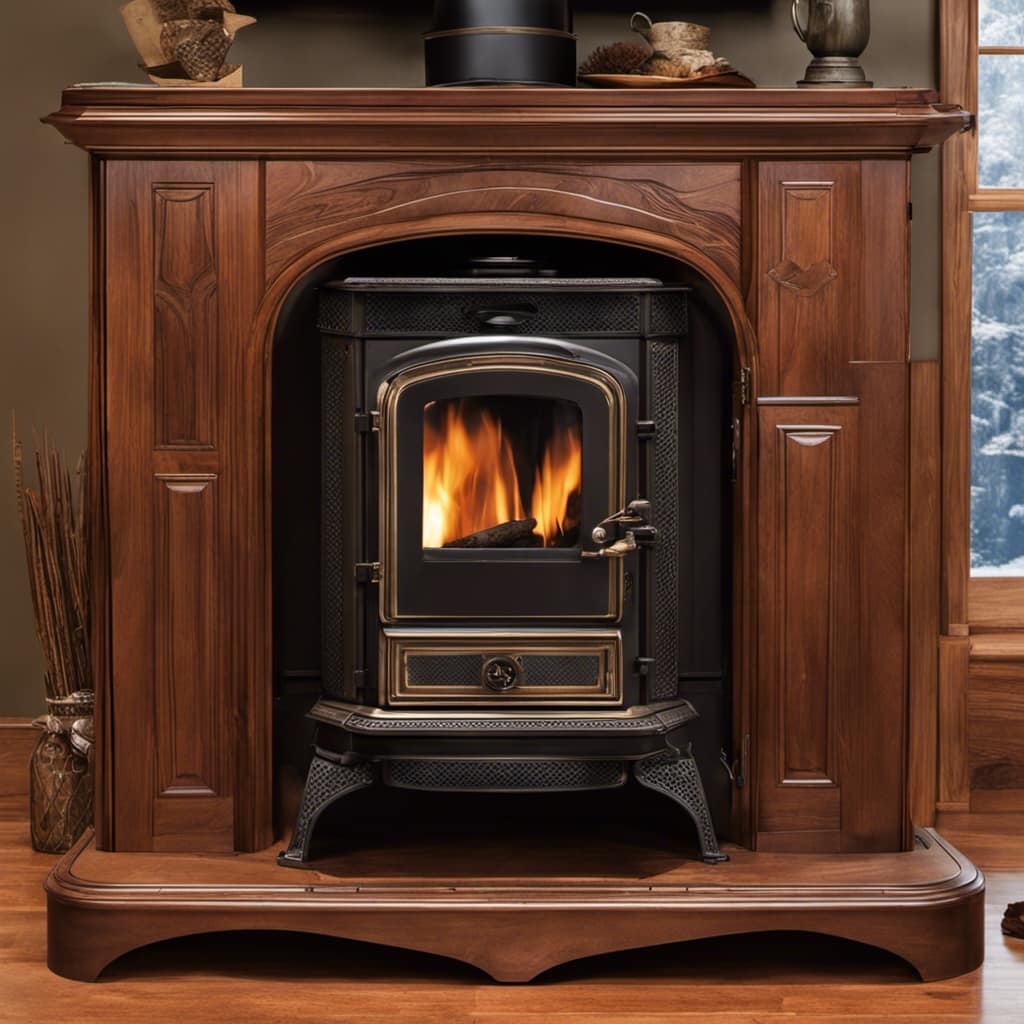
Planning and Preparing the Installation Area
Before proceeding with the installation of a wood stove chimney, it’s crucial to carefully plan and prepare the installation area.
This includes assessing the space requirements for the chimney system, ensuring proper clearances from combustible materials, and considering safety precautions.
Space Requirements for Chimney
I need to ensure that the space requirements for the chimney are met before installing the wood stove. To achieve this, I must consider the chimney height and clearance requirements. Here are some key points to keep in mind:
- The chimney height should be sufficient to ensure proper draft and prevent smoke from entering the living space.
- There should be enough clearance between the chimney and any combustible materials, such as walls or ceilings.
- The chimney should be installed with the appropriate clearances to nearby structures, such as trees or other buildings.
- It’s essential to follow local building codes and regulations regarding chimney height and clearances.
- Consulting a professional chimney installer or a building inspector can help ensure that the space requirements are met.
Safety Precautions and Considerations
To ensure a safe installation, I must consider and follow all necessary safety precautions and considerations.
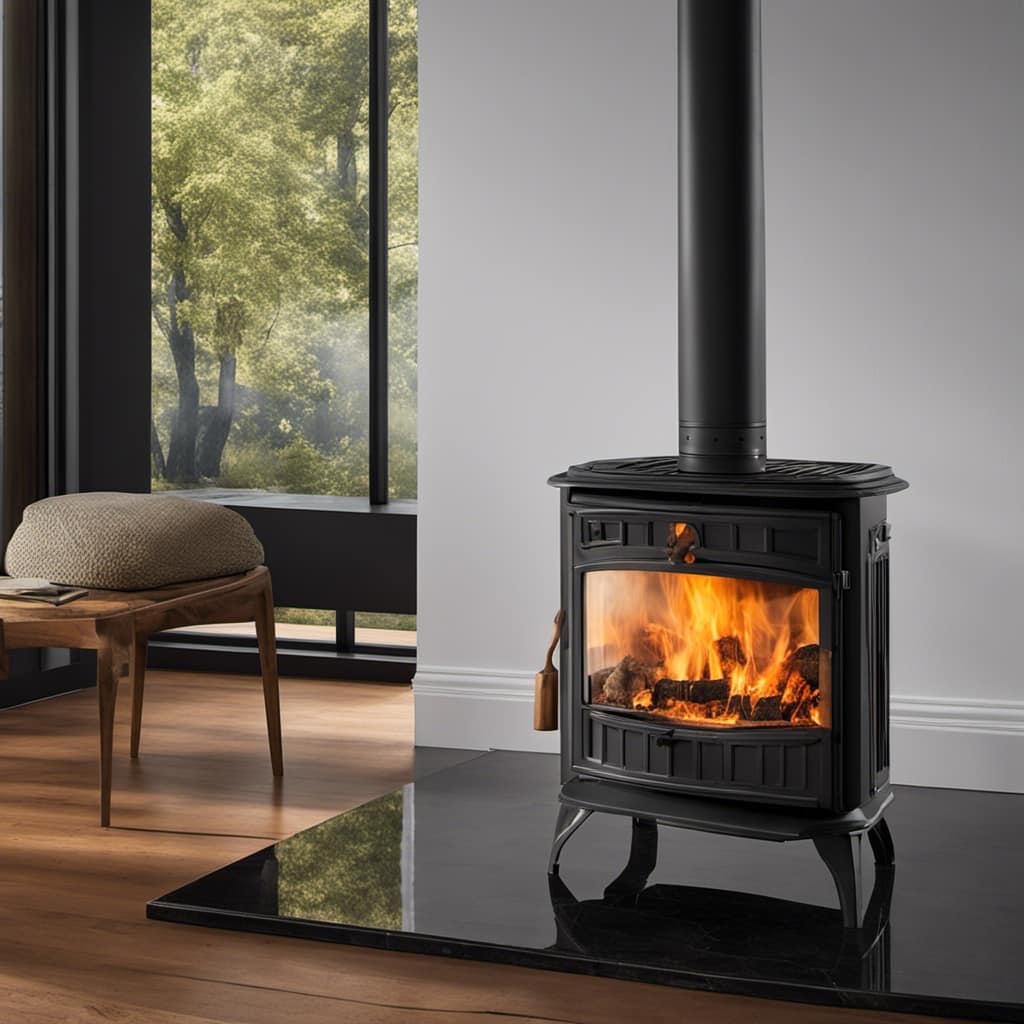
Fire prevention and chimney maintenance are crucial aspects of the installation process. Before installing a wood stove chimney, it’s essential to inspect the existing chimney for any cracks or damage. Any issues must be addressed and repaired before proceeding.
Additionally, it’s important to ensure that the chimney is properly cleaned and free from any flammable materials. This will help prevent the risk of chimney fires. Adequate clearance must also be maintained between the chimney and any combustible materials, such as walls or roofing.
Lastly, it’s recommended to install a spark arrestor at the top of the chimney to prevent any sparks or embers from escaping and potentially causing a fire.
Installing the Chimney Pipe and Connector
To properly install the chimney pipe and connector, start by ensuring the pipe is angled correctly for optimal draft and airflow. This will help to maximize the efficiency of the wood stove.
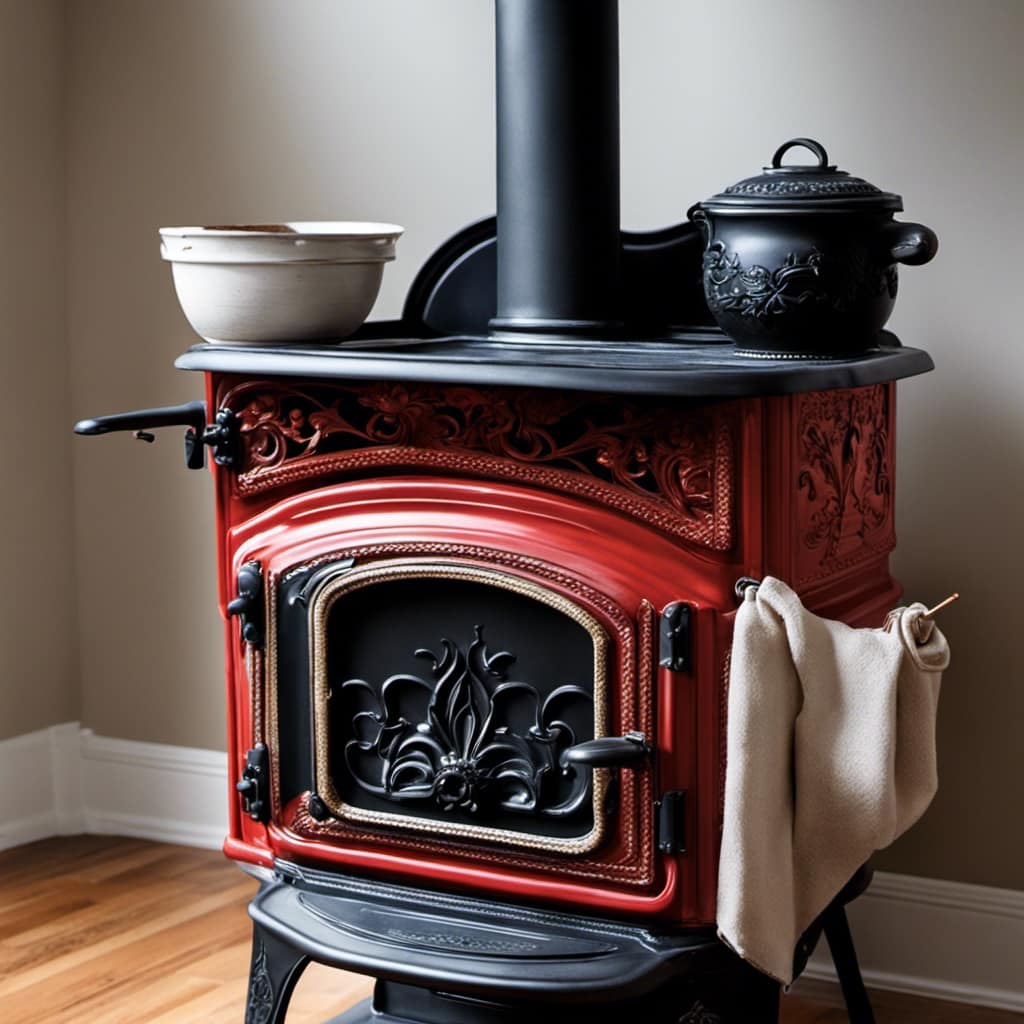
Next, it’s crucial to carefully seal all chimney connections to prevent any leaks or potential hazards. This will ensure safe and effective operation of the wood stove system.
Proper Pipe Angling
When angling the pipe, make sure it’s sloped properly to allow for proper ventilation. This is crucial to ensure that the smoke and gases from the wood stove are effectively expelled from your home.
Here are some important considerations when angling the pipe:
Proper Slope: The pipe should be angled upwards at a minimum of 1/4 inch per foot to allow for efficient airflow.

Pipe Insulation: Insulating the pipe helps to prevent heat loss and improves the overall efficiency of your wood stove.
Chimney Cleaning: Regular cleaning of the chimney is essential to remove creosote buildup and prevent chimney fires.
Clearance: Ensure that the angled pipe has enough clearance from combustible materials such as walls, ceilings, and furniture.
Sealing: Properly seal the joints between pipe sections using high-temperature silicone or metal tape to prevent leaks and maintain efficiency.
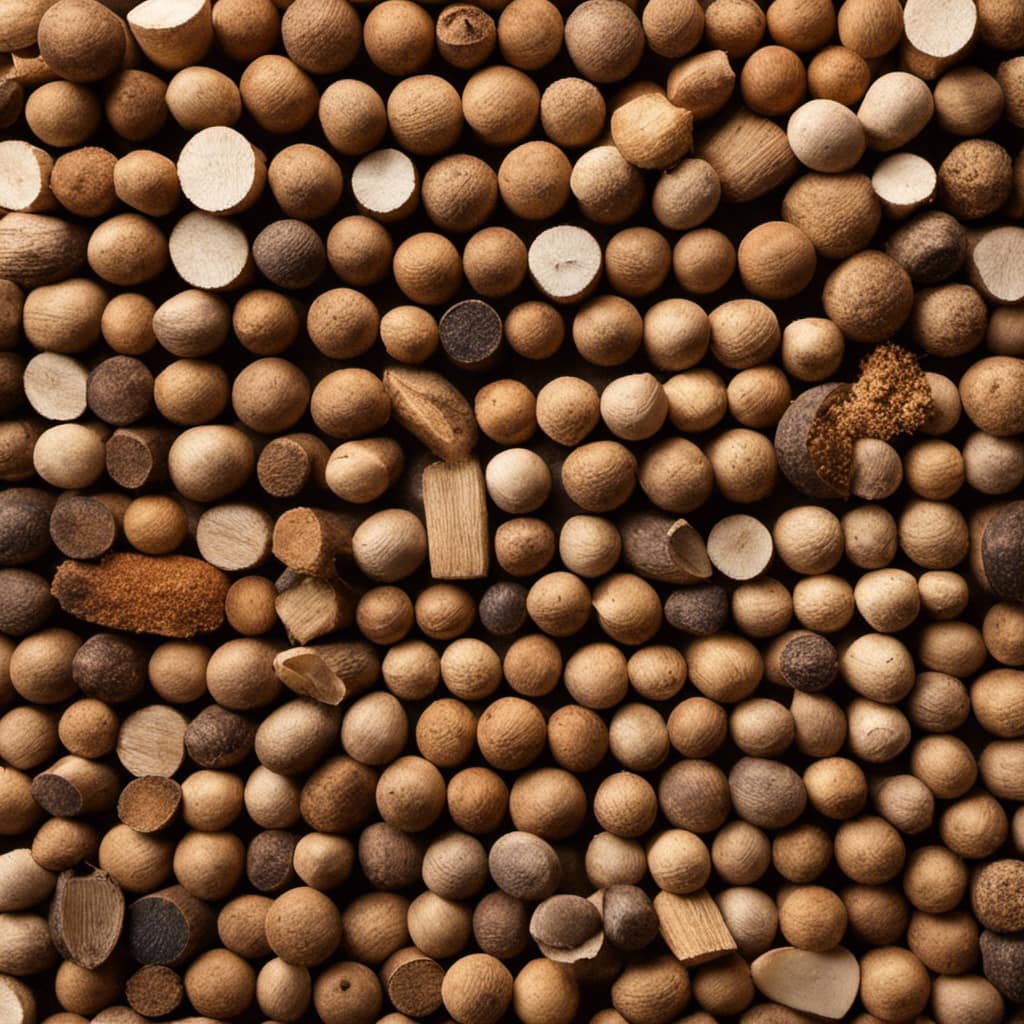
By following these guidelines for angling the pipe, you can ensure that your wood stove operates safely and efficiently.
Now let’s move on to the next step: sealing chimney connections.
Sealing Chimney Connections
I should check the connections between the chimney sections to ensure they’re properly sealed. Proper sealing techniques are essential for maintaining the integrity and efficiency of a wood stove chimney.
When connecting the sections, it’s crucial to use high-quality sealants and materials that can withstand high temperatures. Silicone-based sealants are commonly used due to their heat resistance and durability. Before applying the sealant, it’s important to clean the surfaces thoroughly to ensure a strong bond.
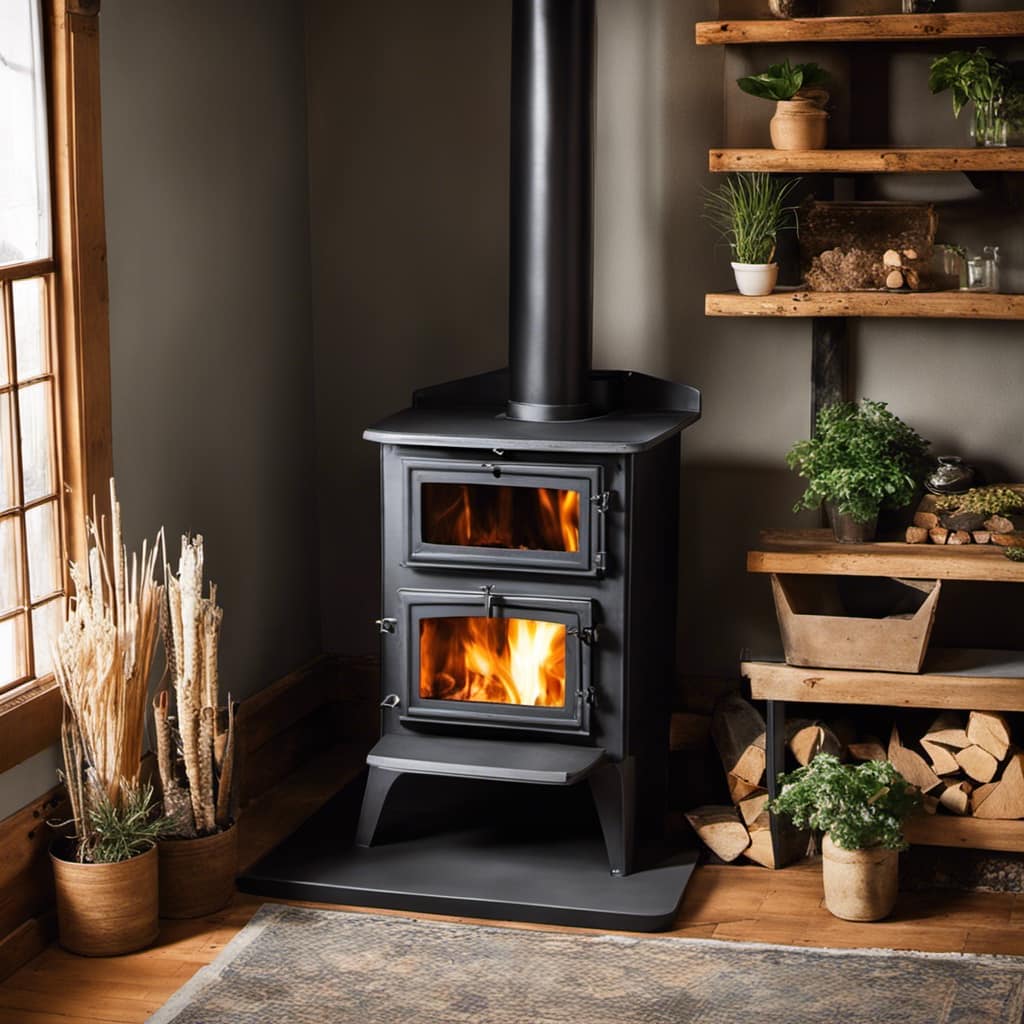
Additionally, inspecting the connections regularly is crucial for chimney maintenance. Over time, the seals can deteriorate, leading to leaks and potential safety hazards. By performing routine inspections and resealing as necessary, you can ensure the longevity and effectiveness of your wood stove chimney.
Ensuring Proper Ventilation and Safety Measures
As I install the wood stove chimney, it’s crucial to prioritize proper ventilation and safety measures. Ensuring adequate ventilation is essential for the safe and efficient operation of a wood stove. Here are some important ventilation requirements and safety regulations to keep in mind:
Clearance to Combustibles: Maintain the required distance between the chimney and any combustible materials, such as walls or ceilings. This prevents the risk of fire.
Chimney Height: The chimney should extend at least three feet above the highest point where it passes through the roof. This ensures proper draft and prevents smoke from entering the living space.
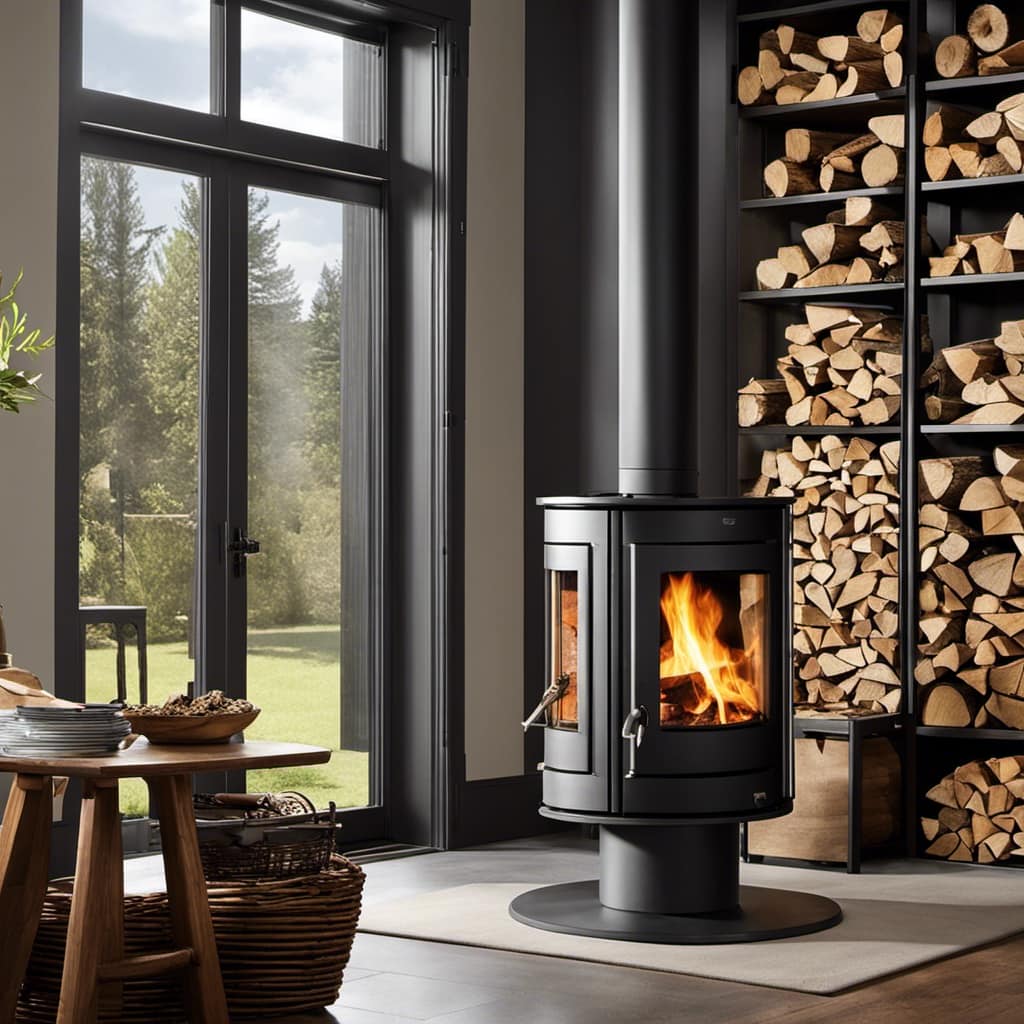
Chimney Cap: Install a chimney cap to prevent debris, animals, and rainwater from entering the chimney. This also helps to prevent downdrafts and improves overall ventilation.
Spark Arrestor: A spark arrestor should be installed at the top of the chimney to prevent sparks or embers from escaping and causing a fire hazard.
Carbon Monoxide Detector: Install a carbon monoxide detector near the wood stove to alert you if dangerous levels of this odorless gas are present.
Testing and Maintaining Your Wood Stove Chimney
Maintaining and testing the wood stove chimney is crucial to ensure its proper functioning and safety. Regular chimney maintenance helps prevent chimney fires and ensures that harmful gases are properly vented out of your home. Here are some testing techniques and maintenance tips to keep your wood stove chimney in top condition.
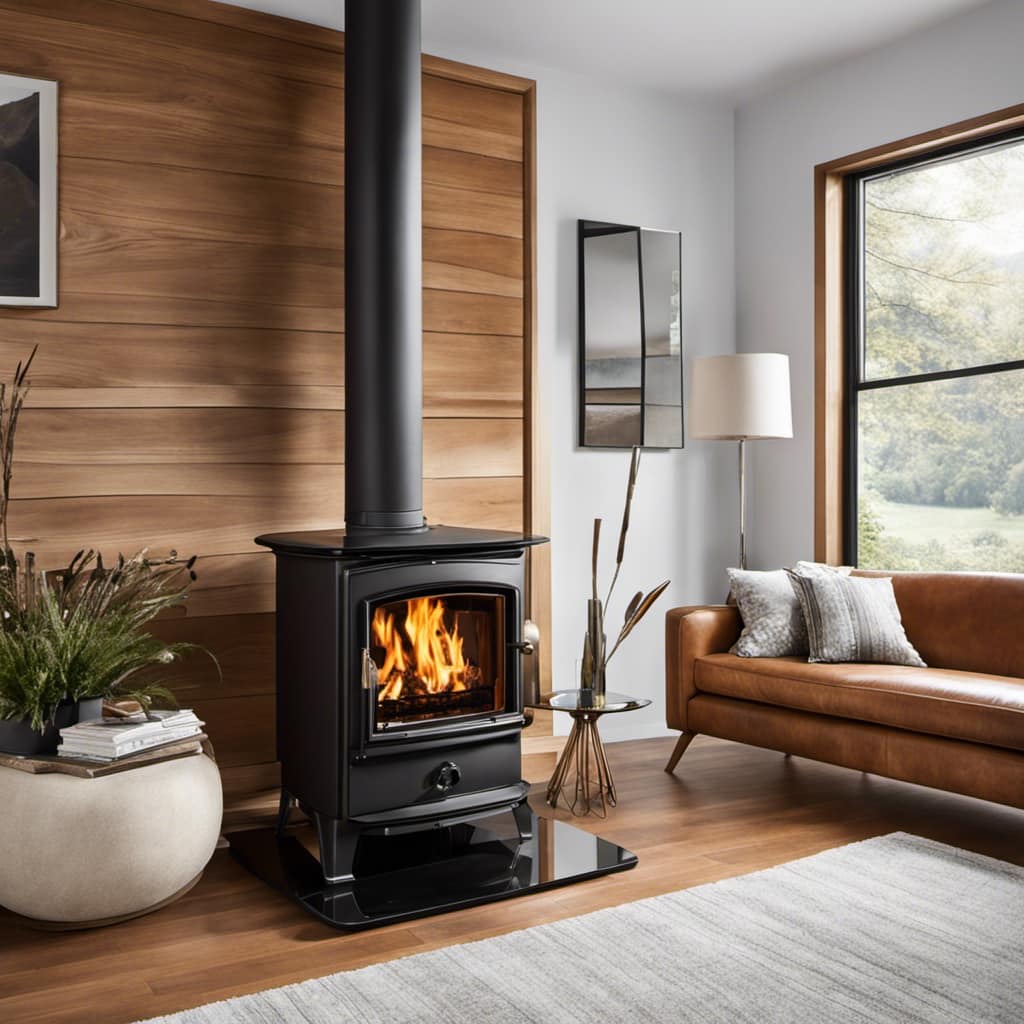
Firstly, it is important to visually inspect the chimney regularly. Look for any cracks, gaps, or loose bricks that could compromise the integrity of the chimney. Additionally, check for any signs of creosote buildup, such as a black, tar-like substance on the chimney walls. Creosote is highly flammable and can lead to chimney fires if not cleaned regularly.
Another important aspect of chimney maintenance is cleaning the chimney flue. A dirty flue can restrict airflow and cause smoke to back up into your home. It is recommended to have the chimney professionally cleaned at least once a year, especially if you use your wood stove frequently.
To ensure that your chimney is functioning properly, you can perform a draft test. This involves lighting a small piece of newspaper and holding it near the flue opening. If the smoke goes up the chimney, it indicates good draft. However, if the smoke enters the room, there may be an issue with the chimney draft that needs to be addressed.
Regularly testing and maintaining your wood stove chimney is essential for the safety and efficiency of your wood stove. By following these techniques and tips, you can enjoy the warmth and ambiance of your wood stove while ensuring the safety of your home and loved ones.
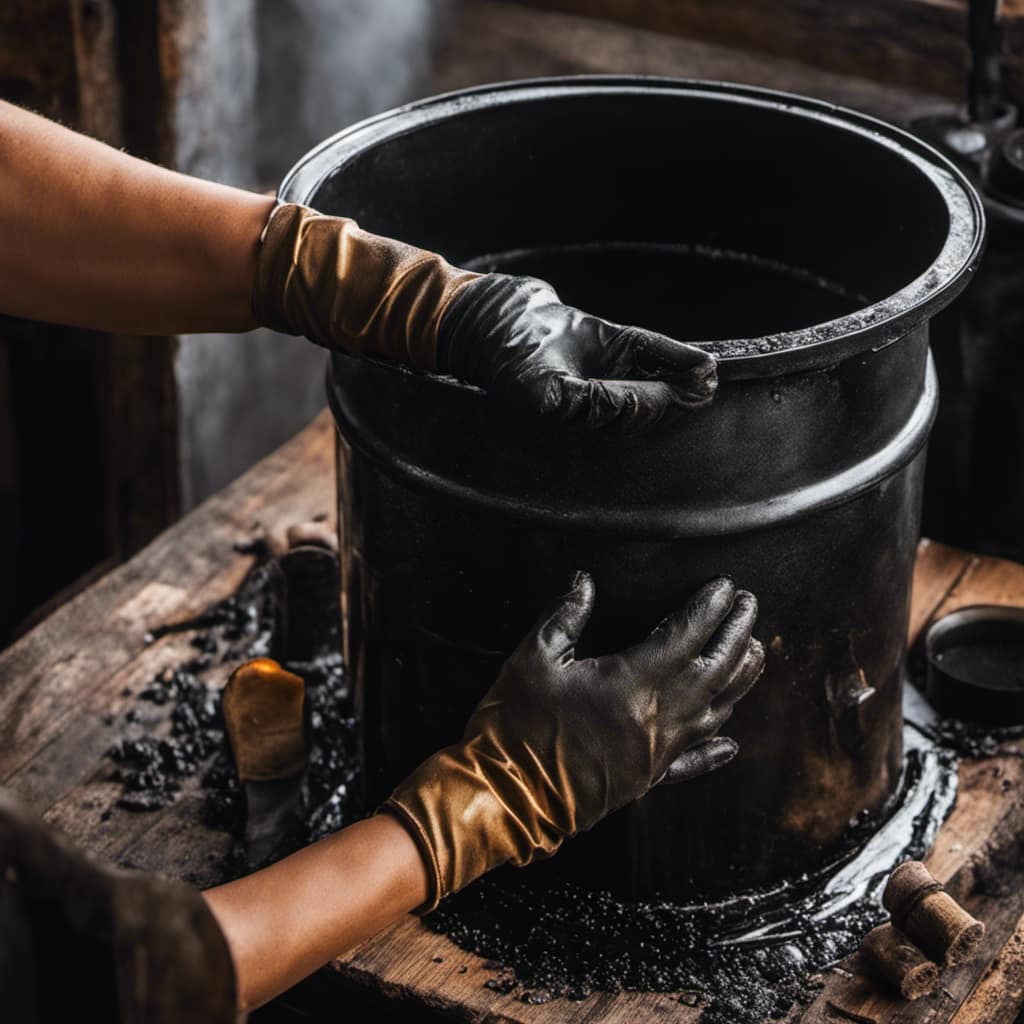
| Testing Techniques | Chimney Maintenance |
|---|---|
| Visual inspection | Regular cleaning |
| Draft test | Removal of creosote |
| Professional chimney cleaning | Checking for cracks or gaps |
Frequently Asked Questions
Can I Install a Wood Stove Chimney Myself, or Is It Necessary to Hire a Professional?
I can certainly understand the appeal of DIY installation for a wood stove chimney. However, it’s important to consider the complexity and safety risks involved.
Hiring a professional for the installation ensures that it’s done correctly and up to code. They have the expertise and experience to navigate any challenges that may arise during the process.
Ultimately, it’s a matter of personal preference, but professional installation provides peace of mind and assurance of a job well done.
What Are Some Common Signs That Indicate My Wood Stove Chimney Needs Maintenance or Repair?
What are some common signs that indicate my wood stove chimney needs maintenance or repair?
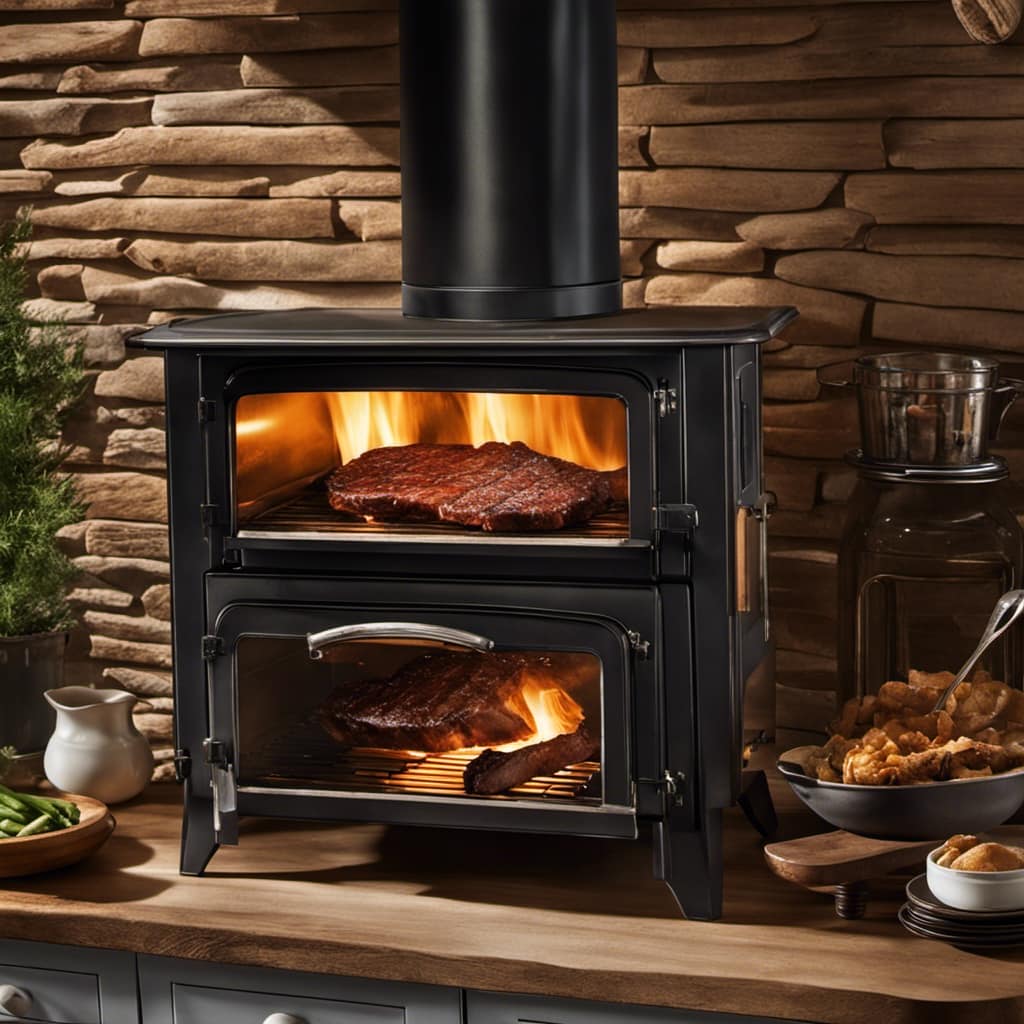
Signs such as excessive smoke, a strong odor, or a buildup of creosote are red flags that your chimney may need attention. Regular maintenance is essential to ensure proper functioning and to prevent potential hazards.
It’s important to address any issues promptly to avoid further damage or potential fire hazards. Regular inspections and cleaning by a professional are recommended to keep your chimney in optimal condition.
Are There Any Specific Building Codes or Regulations That I Need to Consider When Installing a Wood Stove Chimney?
When it comes to installing a wood stove chimney, there are specific building code requirements and safety regulations that must be considered.
These codes and regulations vary depending on your location, so it’s crucial to research and understand them before starting the installation process.
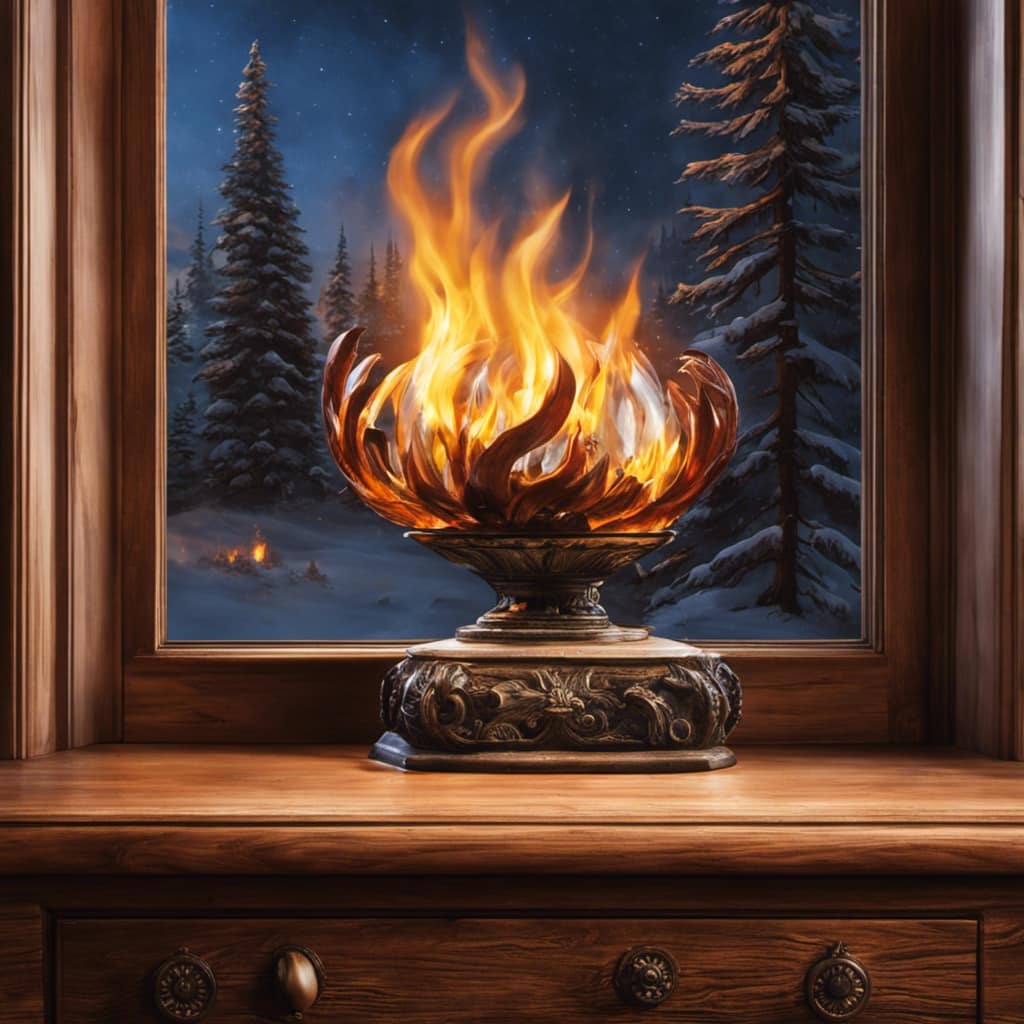
Adhering to these guidelines ensures that your chimney is built safely and meets all necessary standards.
It’s important to consult with local authorities or a professional to ensure compliance with these building codes and safety regulations.
How Often Should I Clean My Wood Stove Chimney, and What Is the Best Method for Doing So?
When it comes to cleaning my wood stove chimney, I make sure to do it regularly to prevent chimney fires.
The best method I’ve found is using a chimney brush and rods to remove any creosote buildup.

I start from the bottom and work my way up, ensuring a thorough cleaning.
It’s important to also check for any obstructions or damage while cleaning.
Following these steps will help maintain a safe and efficient wood stove chimney.
Can I Use My Existing Chimney for a Wood Stove Installation, or Is It Necessary to Install a Separate Chimney Specifically for the Wood Stove?
Using an existing chimney for a wood stove installation has its pros and cons.
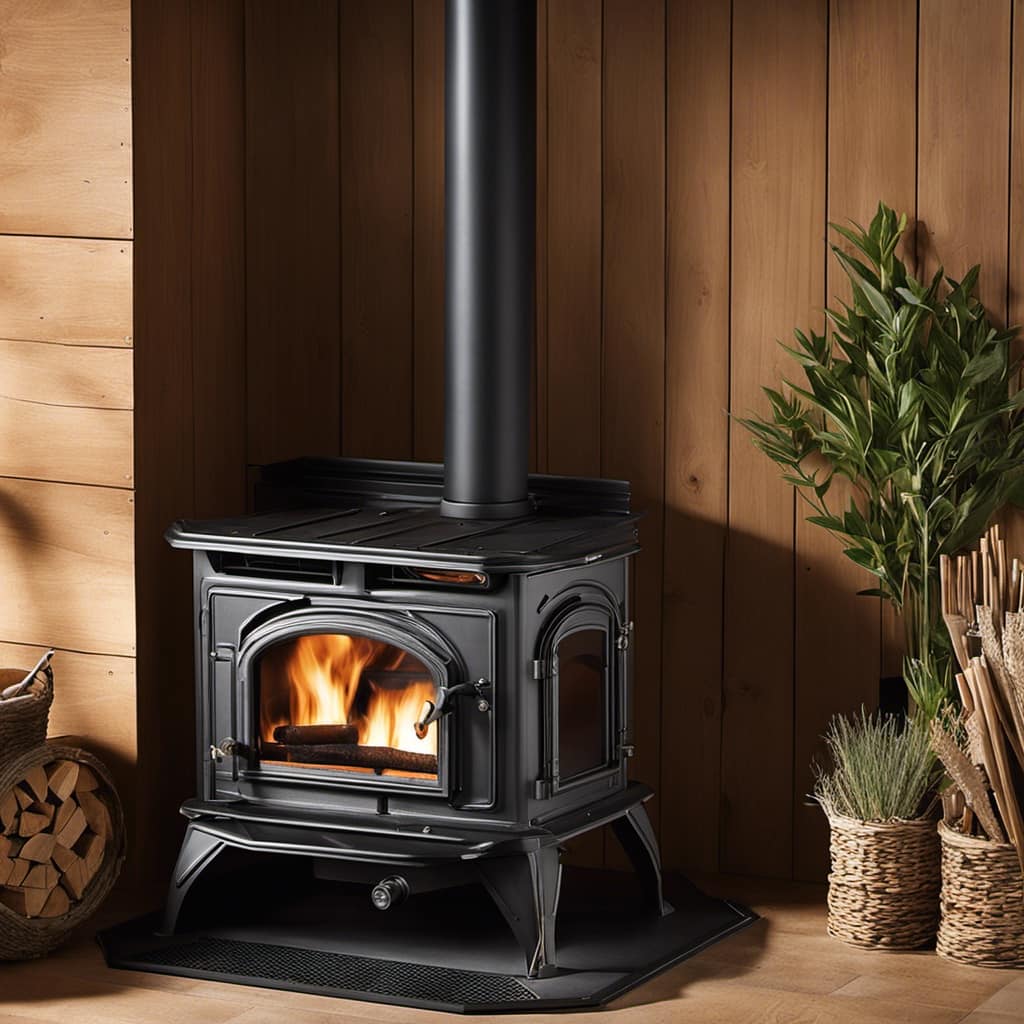
On one hand, it can save you money and time since you don’t have to install a separate chimney.
However, it’s important to consider the condition and size of the existing chimney to ensure it can handle the increased heat and smoke.
Alternatively, you can install a separate chimney specifically designed for the wood stove, which may provide better performance and safety.
Is the Installation Process Different for a Stand Alone Wood Stove Chimney?
Yes, the installation process is different for making a chimney for stove as compared to a traditional fireplace. A stand-alone wood stove chimney requires its own specific installation guidelines and materials to ensure it is safe and efficient. It is important to follow the manufacturer’s instructions and local building codes.
Conclusion
In conclusion, installing a wood stove chimney requires careful assessment, proper selection of materials, and meticulous planning.

Ventilation and safety measures should be prioritized to ensure the efficient and safe operation of your wood stove.
Regular testing and maintenance are essential for the longevity of your chimney.
By following these steps, you can enjoy the warmth and coziness of a wood stove while adding a touch of sophistication to your home.
Growing up surrounded by the vast beauty of nature, Sierra was always drawn to the call of the wild. While others sought the comfort of the familiar, she ventured out, embracing the unpredictable and finding stories in the heartbeat of nature.
At the epicenter of every remarkable venture lies a dynamic team—a fusion of diverse talents, visions, and passions. The essence of Best Small Wood Stoves is crafted and refined by such a trio: Sierra, Logan, and Terra. Their collective expertise has transformed the platform into a leading authority on small wood stoves, radiating warmth and knowledge in equal measure.






